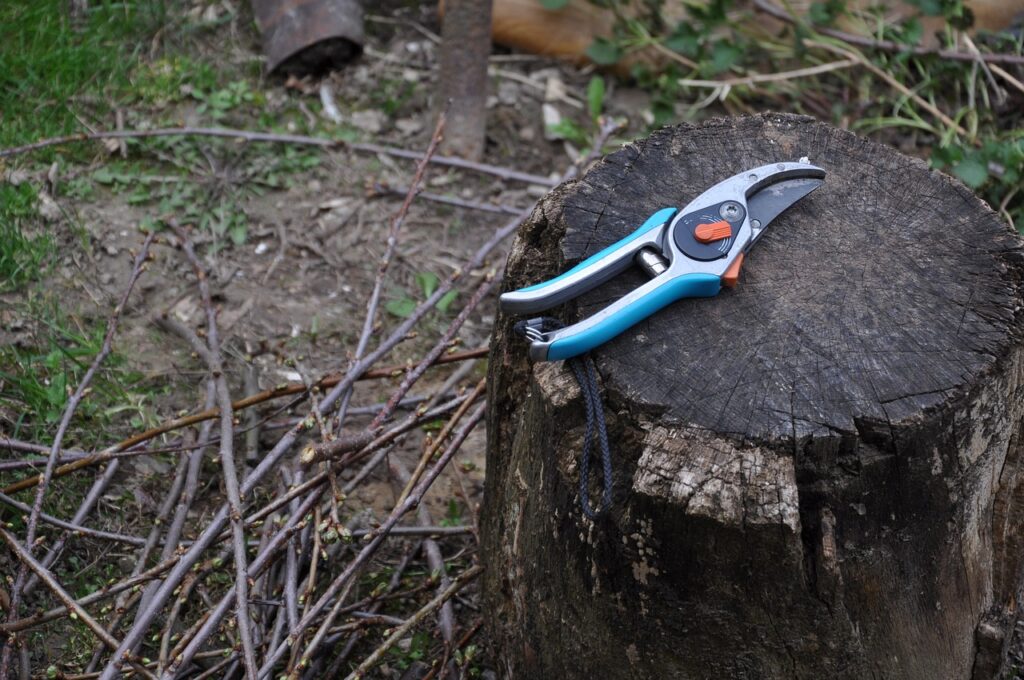Yes, it is generally acceptable to trim trees in the summer season, but with some important caveats and considerations. Winter pruning during dormancy is often considered ideal for many tree species, summer pruning can be beneficial and even necessary in certain situations.
Tree pruning in summer can be particularly useful for controlling the size and shape of trees, especially when you want to limit their growth.
When you prune during the growing season, you remove leaves that produce energy for the tree, which can help slow down its overall growth. This technique is often used in orchards to maintain fruit trees at a manageable size.
Summer-Appropriate Pruning Types
- Light pruning and maintenance cuts
- Removal of dead, diseased, or damaged branches
- Thinning to improve air circulation and light penetration
- Corrective pruning for shape and structure
Summer is an excellent time to identify and remove dead, diseased, or damaged branches. These issues are often more visible when the tree is in full leaf, making it easier to spot problems and address them promptly.
Removing such branches can help prevent the spread of disease and improve the tree’s overall health and appearance.
Benefits of pruning trees in summer
- Immediate visualization of the tree’s shape
- Quicker healing of pruning cuts due to active growth
- Reduction of disease spread for some pathogens
- Control of tree size and shape
Not all trees should be pruned in summer. Some species are best pruned in late winter or early spring.
Trees to avoid pruning in summer
- Oak trees (to prevent oak wilt disease)
- Maple trees (to prevent excessive sap flow)
- Elm trees (to reduce the risk of Dutch elm disease)
The extent of summer pruning should be limited compared to winter pruning. Heavy pruning during the growing season can stress the tree and potentially compromise its health. Removing up to 10-15 % of the tree’s live branches during summer pruning is generally advisable.
Limitations and precautions
- Avoid heavy pruning, which can stress the tree
- Be cautious with fruit trees, as summer pruning may affect next year’s crop
- Consider the specific species, as some trees are more sensitive to summer pruning
- Avoid pruning during extreme heat or drought conditions
Timing is also crucial when considering summer pruning, especially in relation to a tree’s flowering and fruiting cycles. For spring-blooming trees, summer pruning can be advantageous if performed after the flowers have faded. This approach allows you to shape the tree without compromising next year’s floral display.
On the other hand, if you’re dealing with trees that bear fruit in summer, it’s best to hold off on pruning until after you’ve harvested the fruit. This strategy ensures you don’t inadvertently reduce the tree’s yield by prematurely removing fruit-bearing branches.
The Best Time to Prune Your Trees in Summer
The best time to prune your trees in summer largely depends on several factors, with the primary consideration being the prevention of heat stress. In many regions with warm summers, it’s crucial to time your pruning activities to minimize potential damage to the tree.
Early summer, before temperatures reach their peak, is generally the optimal period for summer pruning. During this time, healthy trees are typically robust enough to heal pruning wounds while continuing their regular growth processes.
However, it’s important to wait until the tree has set its terminal buds, which signals the end of the spring growth flush. This ensures that pruning won’t stimulate excessive new leaf growth, which can be detrimental to the tree’s energy balance.
The flowering cycle of the tree is another critical factor to consider. For trees that bloom in spring, it’s best to prune shortly after their flowers have faded. It prevents you from accidentally removing next year’s flower buds, which would result in reduced blooming in the following spring.
It’s worth noting that while early summer tree pruning can be beneficial, it’s not suitable for all trees or situations. Trees that are already struggling with heat or water stress should not be pruned during summer, as the additional stress from pruning could be too damaging. In such cases, it’s better to wait for a more favorable time or consult with a professional arborist.
Which Trees Should You Prune in the Summer?
Certain species particularly thrive when pruned during the warmer months. Two main categories of trees stand out as ideal candidates for summer pruning: “sappy” trees and fruit trees.
“Sappy” trees, including birch (Betula species), maple (Acer species), and walnut (Juglans species), are excellent choices for summer pruning. These hardwood trees are known for their high sap production, which can be problematic when pruned in late winter or early spring.
During summer, however, these trees distribute significantly less sap to their branches, making it an opportune time for pruning. This reduced sap flow means that pruning cuts are less likely to “weep” or bleed excessively, promoting quicker healing and reducing the risk of attracting pests or diseases.
Fruit trees also benefit greatly from summer pruning, albeit with a lighter touch compared to their dormant season pruning. Summer pruning of fruit trees serves multiple purposes. Firstly, it encourages the growth of buds that will become next year’s flowers, potentially increasing fruit production.
Secondly, it allows more sunlight to reach the inner branches, which is crucial for flower and fruit bud development. It also helps manage the growth of suckers and water sprouts, which can divert energy from fruit production.
The increased sunlight penetration resulting from summer pruning not only promotes better fruit bud formation but also aids in ripening the current season’s fruit. However, maintain a balance, ensuring enough leafy coverage remains to protect fruits with tender skins from sunburn.
So, you can definitely trim your trees in summer, but you’ve got to be careful about it. Remember, a little pruning here and there is usually fine, but don’t go crazy with those clippers! If you’re not sure, it’s always better to wait until winter or ask a tree expert.
We usually think winter’s the time to shape up our trees. Well, that’s still important, but here’s the thing – trees don’t stop growing just because we pruned them in winter. Come spring and summer, they’re back at it, growing like crazy.
So what do we do? Summer pruning – It’s like giving your trees a quick touch-up to keep them in check.
By doing a bit of pruning in summer, you’re helping your trees stay healthy and look good. You’re making sure they don’t get too heavy or unbalanced, which could be a problem when summer storms roll in.

